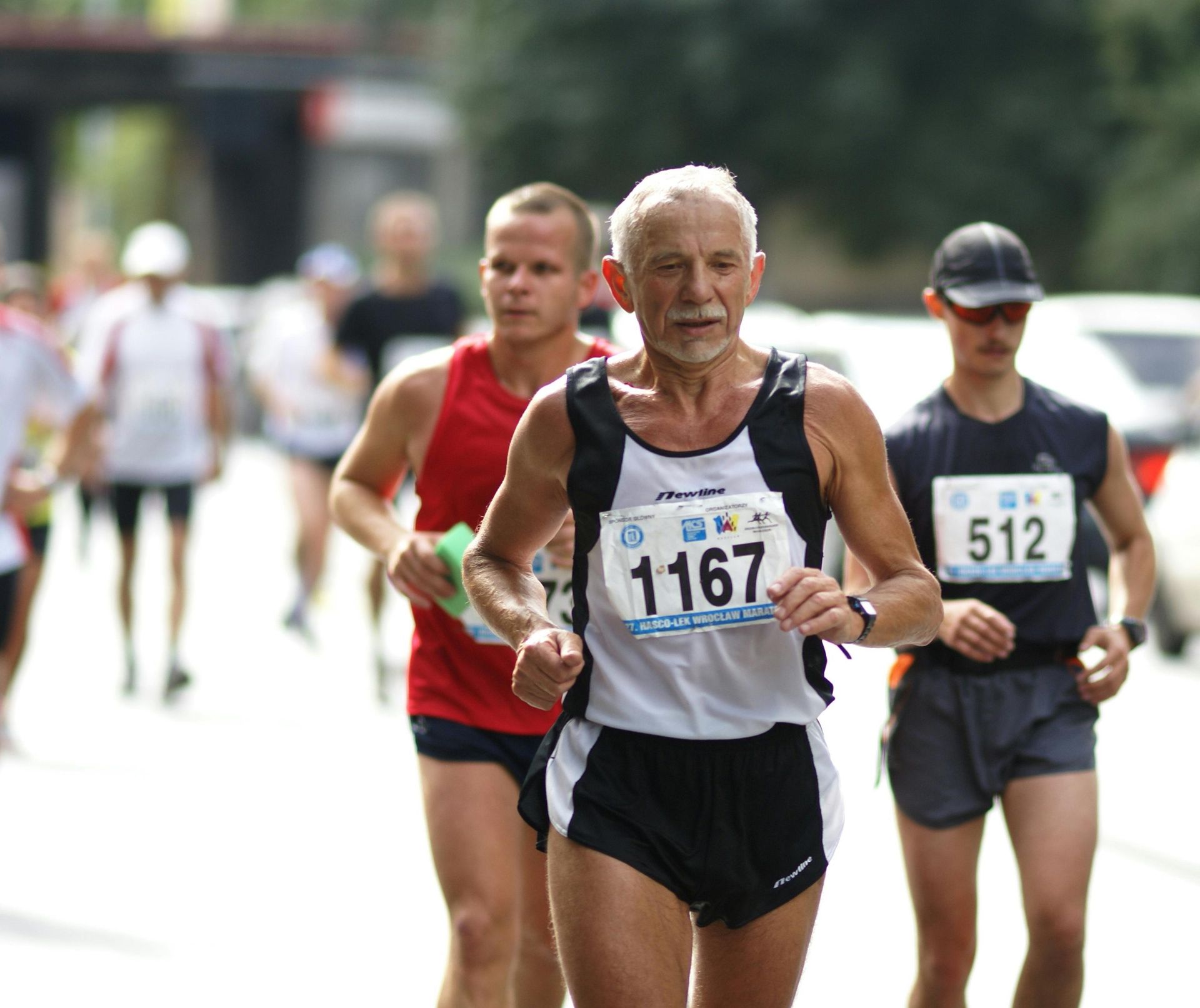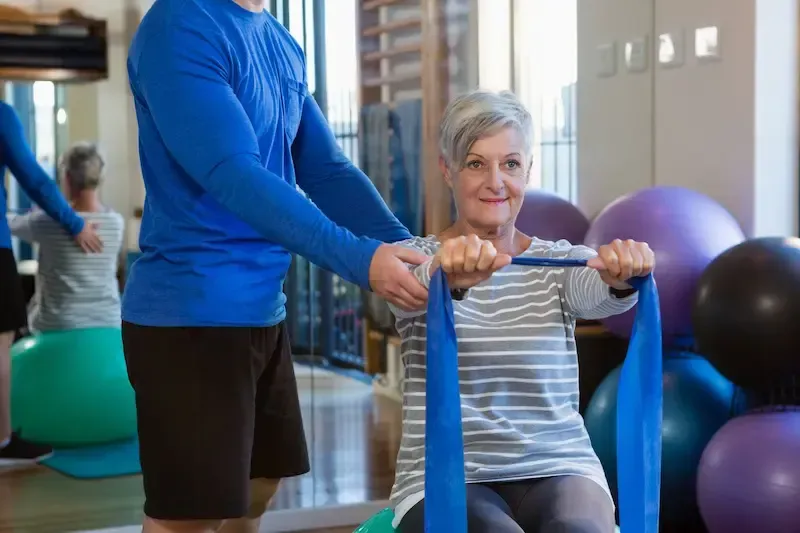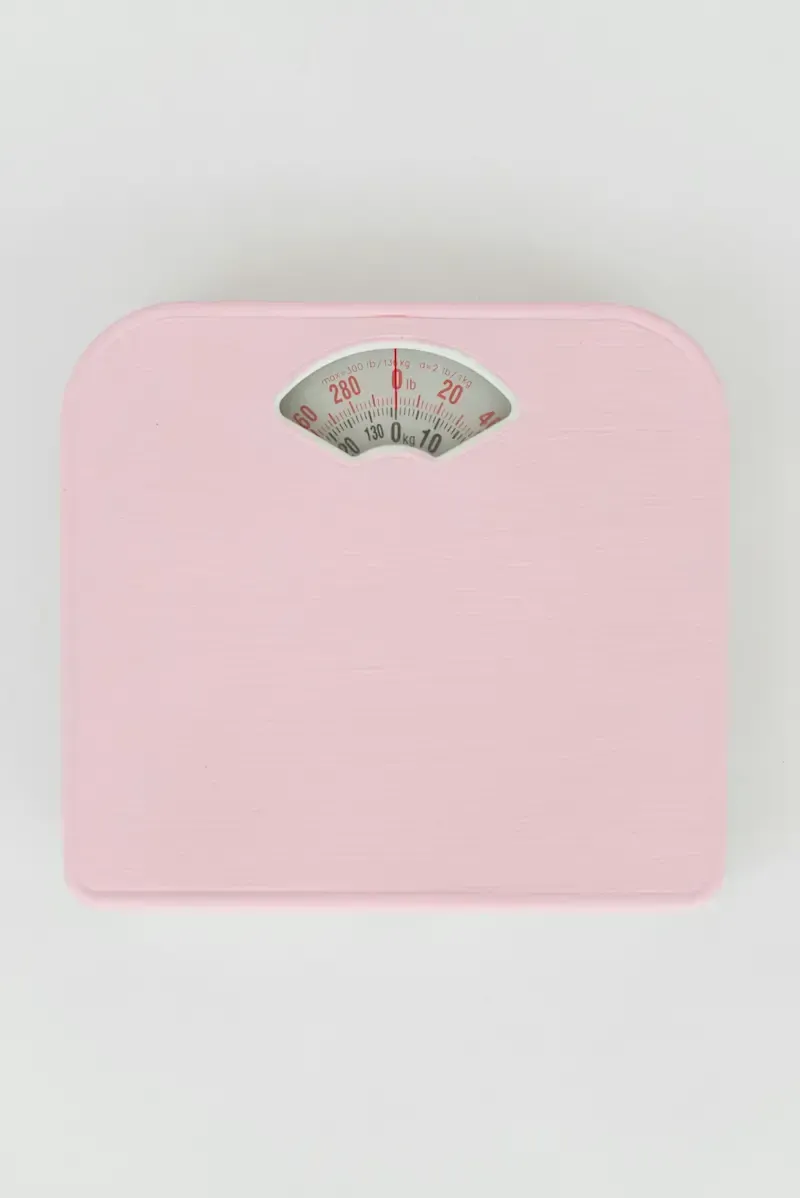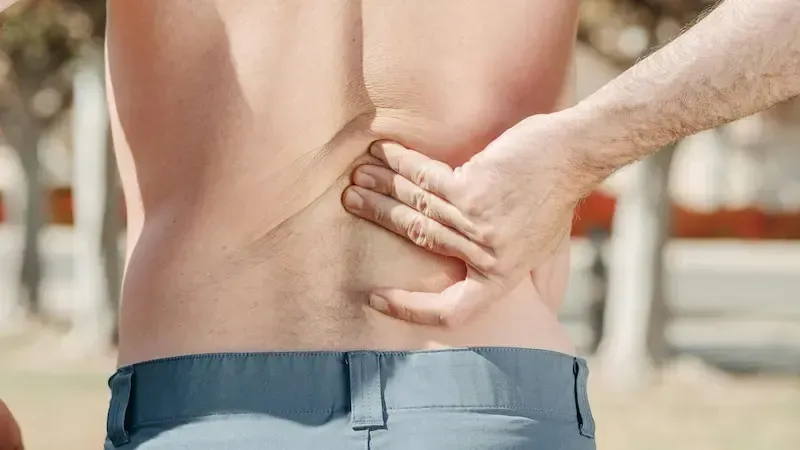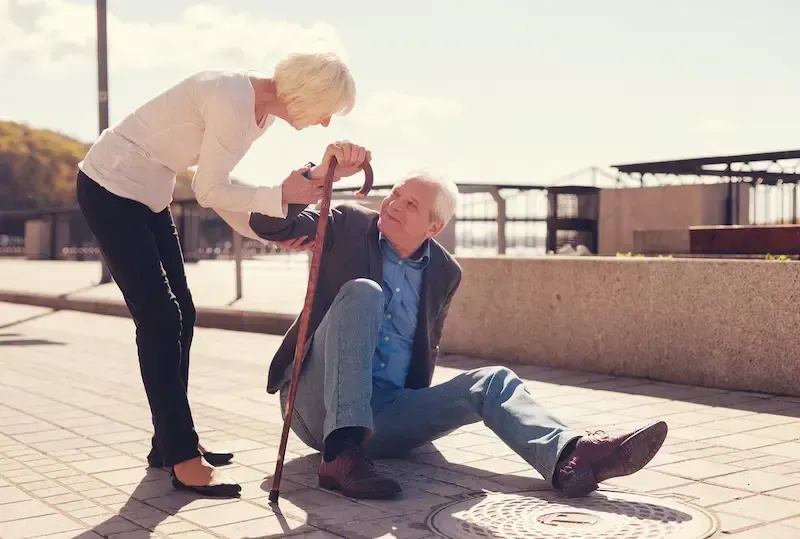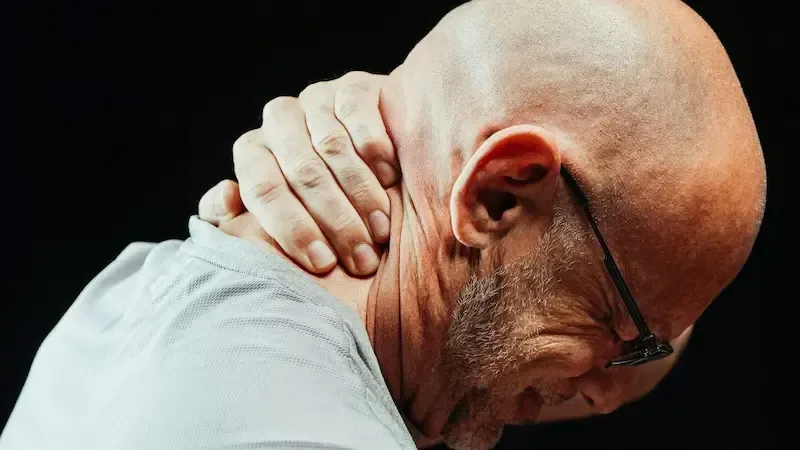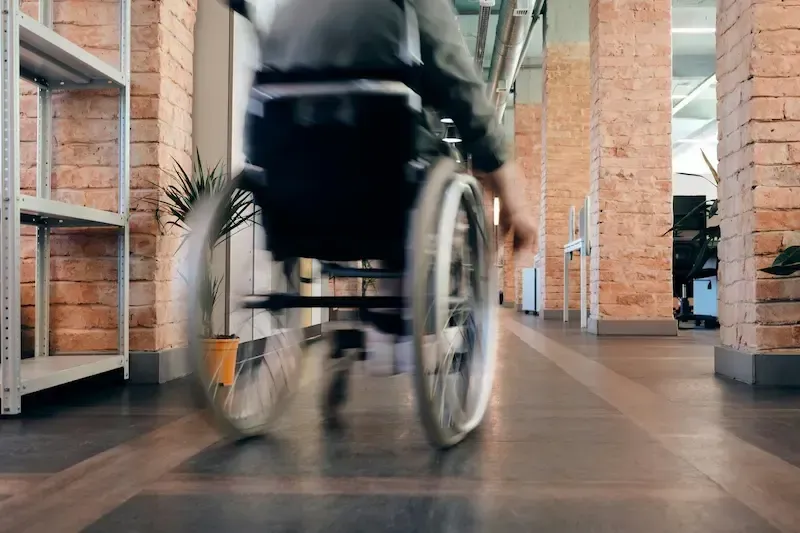How to Safely Get Up from the Floor After a Fall: A Guide for Seniors
As we age, it’s common to experience decreased balance and mobility. Unfortunately, this can increase the risk of falling, and knowing what to do afterward is crucial for your safety and confidence. Getting up from the floor after a fall safely is a skill that can prevent additional injuries and provide peace of mind. However, there’s even greater value in reducing the chances of falling in the first place. This blog will outline key areas and how my personalized training services can help you or a loved one.
The Importance of Fall Prevention
According to the CDC, falls are a leading cause of injury among seniors, with approximately 36 million falls reported annually in the U.S.. In many cases, falls lead to fractures, head injuries, and a loss of independence. A proactive approach to fall prevention can significantly reduce these risks.
Some critical steps for reducing fall risks include:
• Regular Balance and Strength Training: Focused exercises to improve strength in the lower body and core help maintain stability.
• Home Modifications: Removing tripping hazards, installing grab bars in key areas, and ensuring adequate lighting can prevent falls.
• Staying Active: Walking, swimming, or participating in safe exercise programs builds endurance and reduces the likelihood of falls.
My fitness programs for seniors include customized routines that target these aspects to keep you steady and safe. But if a fall does happen, knowing what to do next is essential.
Steps to Safely Get Up from the Floor
If you’ve experienced a fall, getting up safely and effectively is vital. Below is a step-by-step guide to help you regain your footing while minimizing the risk of further injury. Before attempting to get up, staying calm and assessing whether you’re injured is crucial.
- Step 1: Take a Moment and Assess for Injuries
After a fall, stay still for a few moments and check your body for pain or injury. Try to move your hands, legs, and neck to identify if something feels wrong. If you experience dizziness or pain or suspect you may have a serious injury, like a broken bone, call for help immediately and avoid moving.
- Step 2: Roll onto Your Side
If you’re not seriously injured, roll onto your side. Bring your arms up to support your head and push yourself gently until you are resting on your side. This transition reduces strain on your body and helps prepare for the next movement.
- Step 3: Move onto Hands and Knees
Once you’re on your side, use your hands to push yourself up to a hands-and-knees position. Keep your head up and back straight to maintain balance and prevent dizziness. If you experience difficulty here, stay in position and take deep breaths until you’re ready to proceed.
- Step 4: Crawl to a Sturdy Object
You can look around for a stable piece of furniture, like a chair or couch, to support your weight. Slowly crawl to this object, maintaining the hands-and-knees position to stay balanced.
- Step 5: Kneel and Place Your Hands on the Chair
When you’ve reached the sturdy object, move into a kneeling position. Place both hands flat on the seat of the chair. Ensure the chair is stable and not on wheels.
- Step 6: Bring One Foot Forward
With your hands still on the chair, bring one foot forward so it’s flat on the floor. Keep your other knee on the ground for support.
- Step 7: Push Up into a Standing Position
Using the strength of your arms and legs, carefully push yourself up to a standing position. Once you’re on your feet, take a moment to regain your balance before letting go of the chair.
- Step 8: Sit Down and Rest
If you’ve successfully stood up, try sitting down in a nearby chair and rest for a few moments. Assess pain or discomfort, and contact a healthcare professional if you suspect an injury.
Safety Warnings
• Do Not Rush: Take your time with each step to avoid placing unnecessary strain on your muscles and joints.
• Seek Medical Help if Needed: If you suspect a fracture, head injury, or any other serious issue, call for help and stay still to prevent further harm.
• Have an Emergency Plan: Keep a phone or medical alert system accessible to call for help if necessary.
Training for Fall Recovery with a Personal Trainer
As a certified personal trainer specializing in senior fitness, I understand your unique challenges. My in-home personal training programs include comprehensive fall prevention strategies and fall recovery techniques. Here’s how I can help:
1. Building Strength and Stability: We focus on exercises that improve lower-body strength and enhance balance, reducing the likelihood of falls.
2. Teaching Safe Recovery Techniques: I guide my clients through safe methods for getting up from the floor, using practical drills to build confidence and muscle memory.
3. Customized Workouts: My approach is always personalized to your fitness level and any limitations, ensuring you progress safely at your own pace.
4. Home Safety Assessment: I can offer insights on potential hazards in your home and suggest modifications to create a safer living environment.
Falls can be frightening, but with the proper training and precautions, you can reduce your risk and feel more confident in your mobility. Remember, a proactive approach to fitness and well-being is the key to staying independent and safe.
If you or a loved one is concerned about fall prevention and recovery, contact me today to learn more about my personalized senior fitness programs. Together, we can build the strength, stability, and knowledge to help you stay on your feet and regain confidence.
Sources :
1. “Important Facts About Falls,” Centers for Disease Control and Prevention (CDC). Link (https://www.cdc.gov/falls/facts.html) .
2. “Getting Up From a Fall,” National Institute on Aging. Link (https://www.nia.nih.gov/health/getting-fall) .
3. Sherrington, C., et al. “Exercise to Prevent Falls in Older Adu
lts: Updated Meta-Analysis.”
British Journal of Sports Medicine,
2019, pp. 1750-1758.
